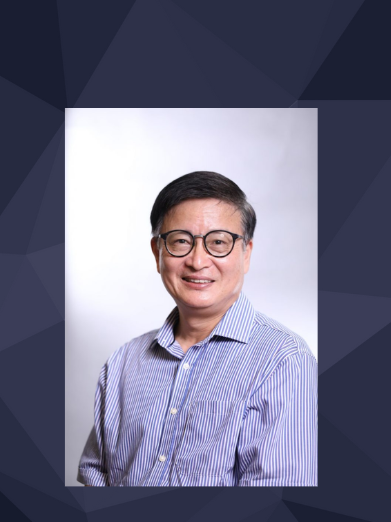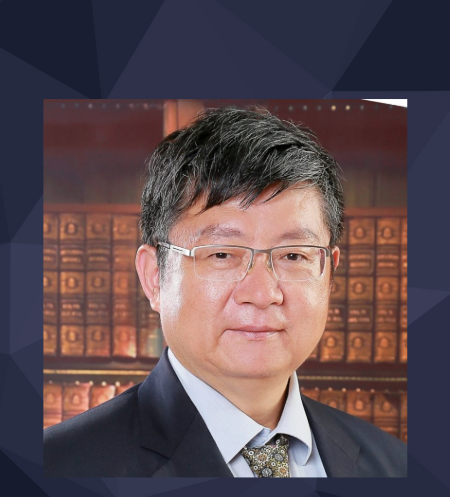Conventional mechatronic, hydraulic and pneumatic motors and actuators are used for large-scale robots from ≥10 cm to the human size. At the other, nanometric end of the length scale, nano-robots are powered by molecular motors. However, a number of applications in compact environments require robotic devices in the size range of 10 µm to 10 mm, but these are too small to be powered by the conventional mechatronic systems, and too large for molecular motors. Such a length scale ideally suits a few types of high-performance stimuli-responsive actuating materials that are emerging out of a very active research field in the past two decades, with examples including shape-memory polymers and metals, nanoporous noble metals, reactive polymers and liquid-crystal elastomers, carbon-based materials and transitional metal oxides. In addition to high actuating power densities, some of these materials also offer built-in sensory functions such as resistivity responses to mechanical, heat and humidity changes in the environment, and even energy generation capabilities. Integration of these materials and their signal flows in compact designs thus poses a novel strategy for robotics at the micro length scale. This talk will review some recent progress in this field.










